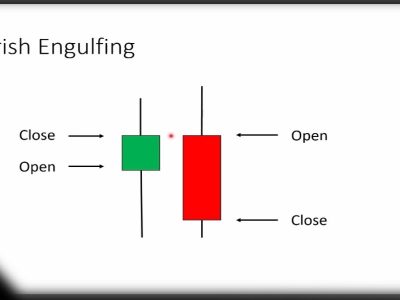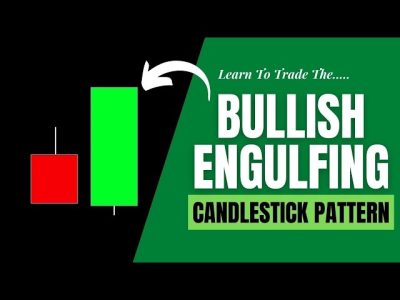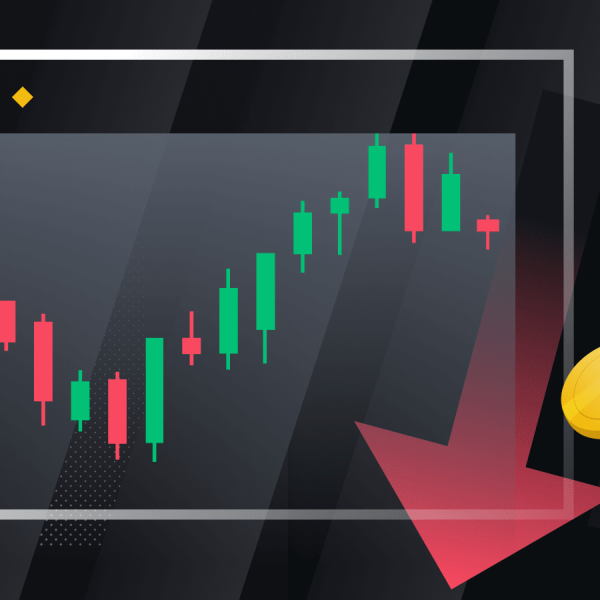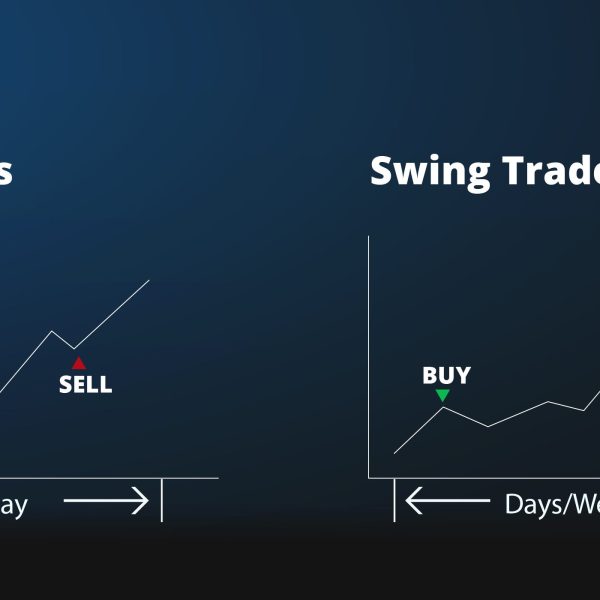Market trends are one of the main aspects of financial markets. The general direction that an asset or market takes is called the market trend. Hence, technical and fundamental analysts closely monitor market trends.

Bull Market is a term used for an upward market. Trading in bull markets is relatively simple since these markets provide some of the easiest investment and trading strategies. Even inexperienced traders may perform well in favorable bullish market conditions. Therefore, it is important to understand how markets move in cycles.
On the other hand, Bear Market is a bear market and a bear is a symbol of a bear market. In general, prices are falling in a bear market. Declining markets can be a difficult time to trade or invest (especially for beginners).
Most cryptocurrency traders and analysts agree that bitcoin has been on the rise since its inception. Of course, cryptocurrencies have had several successive declines. These usually lead to an 80% reduction in the price of bitcoin. Altcoins, in addition, have experienced reductions of more than 90 percent.
What is a bullish market?
An ascending market (or uptrend) is a situation in the financial market in which prices rise. The term bull market is often used in the stock market. Of course, it can be used for any financial market, including Forex, bonds, commodities, real estate and cryptocurrencies.
In addition, a bullish market may be about a particular asset such as Bitcoin, Ethereum or BinanceCoin. It can even be applied to a section such as application tokens, privacy-based currencies, or biotechnology stocks.
You may have heard from Wall Street traders (or elsewhere) use the terms “up” and “down”. When a trader says his opinion is bullish, it means that they expect prices to rise. When they are down, they predict that prices will fall.
Rising can often mean that traders have buy opportunities, although this is not necessarily the case. Rising does not necessarily mean that there is a buying opportunity right now, but only that prices are rising or Prices are expected to rise.
It should also be noted that a bullish market does not mean that prices will not fall or fluctuate. For this reason, it makes more sense to look at bullish markets over longer frames of time. Uptrends also include frames of downturns or price corrections without changing the main market trend. While there have been some downturns and several sharp declines in the market, the market has been on the rise since the advent of Bitcoin.
Therefore, the definition of an uptrend depends on what time frame we are talking about. Usually when the term bullish market is used, it refers to time frames of months or years. Like other analytical methods, higher time frame trends are more valid than shorter time frame trends. Therefore, there may be long frames of price declines in the uptrend market with longer time frames. These reversals lead to price fluctuations.
How traders can take advantage of the bullish markets
The basic idea behind trading in bullish markets is relatively simple. Prices are rising, so getting in position and buying at lower levels is generally a sensible strategy. For this reason, the buy and hold strategy and the average dollar cost are suitable for long-term bullish markets.
There is a critical philosophy in trading which indicates that: “Always get in the market in the direction of a trend until it ends”. That is, the transaction is logical in the direction of the market trend. At the same time, no trend will continue forever, and this strategy will not work in other parts of a market cycle. Certainly, the markets will change.
Naturally, most investors in a bullish market expect a bullish price trend. This seems logical as prices are rising, so should the overall sentiment. Meanwhile, some investors will expect a downtrend during the bullish market. If they use the right strategy, they will succeed even by trading in a short-term downtrend.
Hence, some traders in the bullish market will try to enter the selling position at the new price ceiling. At the same time, these are advanced strategies that are more suitable for professional traders. A sensible strategy for inexperienced traders is to trade in the direction of the trend. Many trapped investors try to enter sell positions in bullish markets.
What is a bearish Market?
Frames of price declines in a financial market are called declining markets. Descending markets can be very risky and difficult for inexperienced traders. They easily lead to huge losses as well as create fear in investors to return to the financial markets.
Falling prices in financial markets are significantly faster than rising. That is, price movements may be slow and steady. While the downward movements are more intense and faster. but why? When prices start to fall, many traders rush out of the market. They do this either by cashing in on their assets or making a profit from buying opportunities. This can have a domino effect as sellers rush out of the market, causing more sellers to leave their positions.
If there is a lot of leverage in the market, the price reduction is likely to be severe. If the holders of open contracts lose money, they will sell their assets cheaply and in one go. Rising markets can also have exciting stages. In these cases, prices rise rapidly, correlations are at their highest, and most assets are on the rise.
Typically, investors in a bear market expect prices to fall. Market sentiment is very low. This does not mean that all market participants have entered sales positions. Rather, they expect prices to fall and, if given the chance, to likely enter the situation.

How to trade in a bearish market?
One of the easiest strategies traders can use in a bear market is to cash in on their assets (or convert them into stable currencies). If you cannot cope with the price drop, it is better to wait for the downtrend to end. If it is predicted that a new bullish market will start in the future, you can use this opportunity. At the same time, if you are a trader with a long-term investment horizon (weekly to monthly), a bear market is not necessarily a direct signal to sell.
When it comes to trading and investing, the best trading idea is the market direction. Therefore, another profitable strategy in a bear market can be to open sales positions. Therefore, traders can benefit from this decline when asset prices fall. These traders are probably daily traders, volatile traders and position traders. The main purpose here is to trade in the direction of the trend. Of course, many counterfeit traders will be looking to trade in the opposite direction of the main trend.
In the case of a falling market, you can enter a buy position at the return point of the price. This price reversal is sometimes referred to as a “downtrend” or a “dead cat jump”. These reversals can be very fleeting, as many traders may be quick to take advantage of short-term price spikes. Until the end of the downtrend is confirmed, it is assumed that the downtrend will resume immediately after the jump.
This is why successful traders (around recent ceilings) make a profit and get out of the position before the market reverses. If they do not, they will be stuck in their buying position while the downtrend continues. Note that this is a risky strategy. Even the most experienced traders who trade during a downtrend suffer significant losses.
Ascending vs. Descending Markets, What is the Difference?
These two terms are opposite. Therefore, it is not difficult to understand the difference between them. Prices in the bullish market are constantly rising. While in a declining market. It also leads to differences in how to trade better in these markets. In a bullish market, traders and investors are generally looking for buying opportunities. However, in a declining market, they want to enter a sell position or liquid their assets.
In some cases, cashing out assets (or stable currencies) may also mean selling the loan on the market. Since traders expect prices to fall. The main difference is that liquidation of assets is done to preserve capital, while selling borrowing is to take advantage of lower asset prices. Yet if you sell an asset with lower expectations of buying, you are in a selling position. Even if you do not directly benefit from the price reduction.
Of course, you should also consider transaction fees. There is no charge for having stable currencies, as they usually have no maintenance costs. However, many sales positions require a fee or interest to stay open. For this reason, quarterly futures may be ideal for long-term selling positions. Because there is no fee for them.
Sometimes market parabolic moves reach their lowest point and trading activity is low. While the same may be true for bullish markets, this type of behavior is more common in bearish markets. After all, lower prices for a long frame of time are not attractive to most investors.
Another point to consider is whether it is possible to enter a sale position for an asset in the first place. If it is not possible to sell assets in the margin market or derivatives, traders can express their downward views only by selling in cash or converting to a stable currency. This can lead to a longer downtrend and less interest in buying. As a result, the market enters into side trades.
In a nutshell
In this article, we discussed about bullish vs bearish markets plus how to trade them. Typically, the simplest trading strategy in any market trend is to follow the direction of the predominant trend. Rising markets may provide good trading opportunities even for beginners and new bees. Proper risk management and continuous study are essential to avoid mistakes as much as possible.
We also discussed what a downturn is, how traders can protect themselves from fluctuations in this market and take advantage of it. In short, the simplest strategy is to keep your cash in a bearish market and wait for a safer opportunity to trade. On the other hand, many traders are looking for opportunities to create sales opportunities. As you know, when it comes to trading, the wisest thing to do is to with the market not against it.












